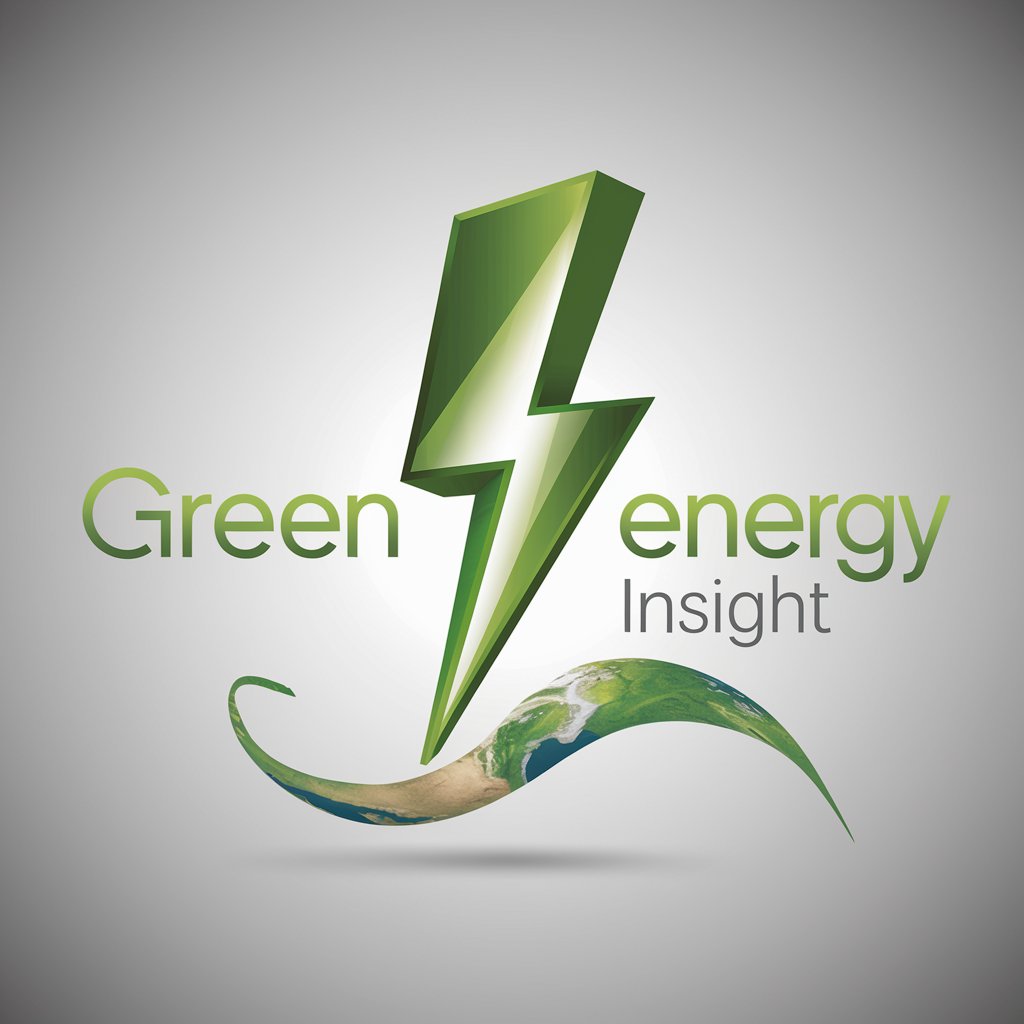
Author: greenenergyinsight
-
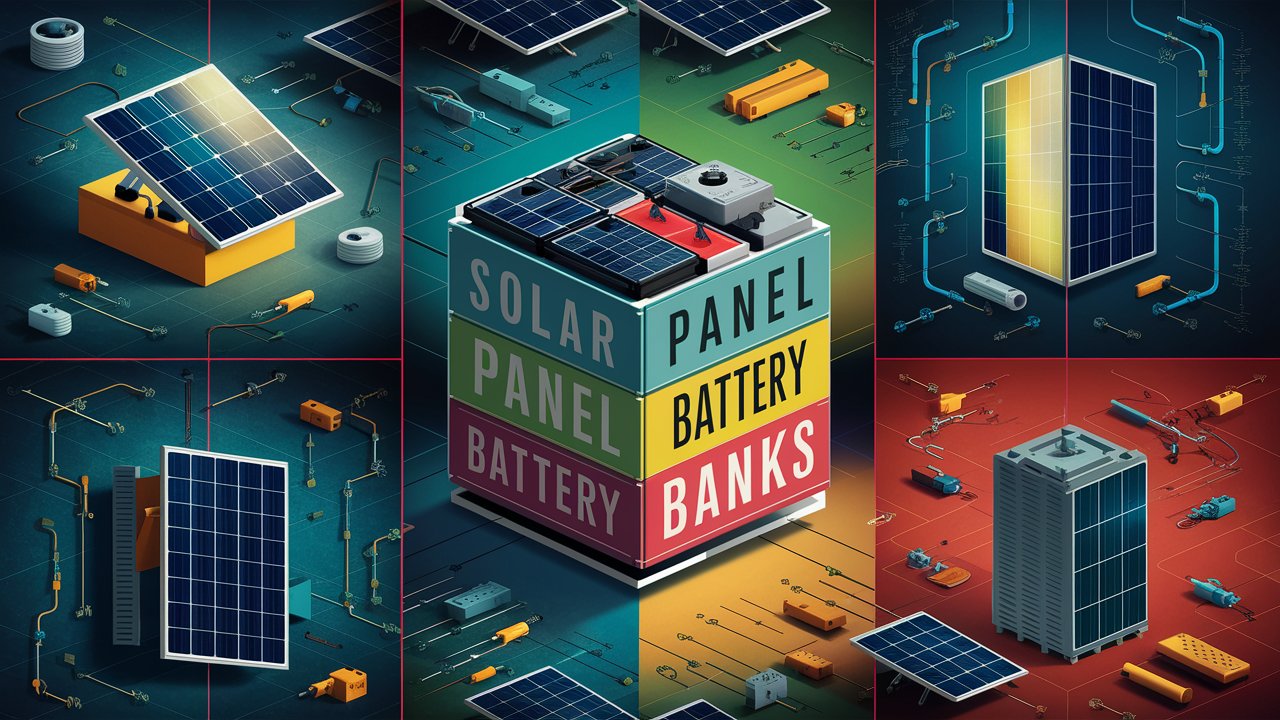
The Ultimate Guide to Solar Panel Battery Banks
Introduction A solar panel battery bank is a crucial component of any solar power system, allowing you to store the energy generated by your solar panels for use when the sun isn’t shining. Whether you’re looking to go off-grid, ensure energy independence, or reduce your electricity bills, understanding how a solar panel battery bank works…
-

Biomass Human Health Impact: Understanding the Consequences
Introduction In recent years, biomass has become a popular green energy source. However, it is important to know how biomass affects human health. While biomass energy benefits the environment and economy, improper handling can have detrimental effects on your health. This piece will talk about the different, both beneficial and bad, ways that biomass affects…
-
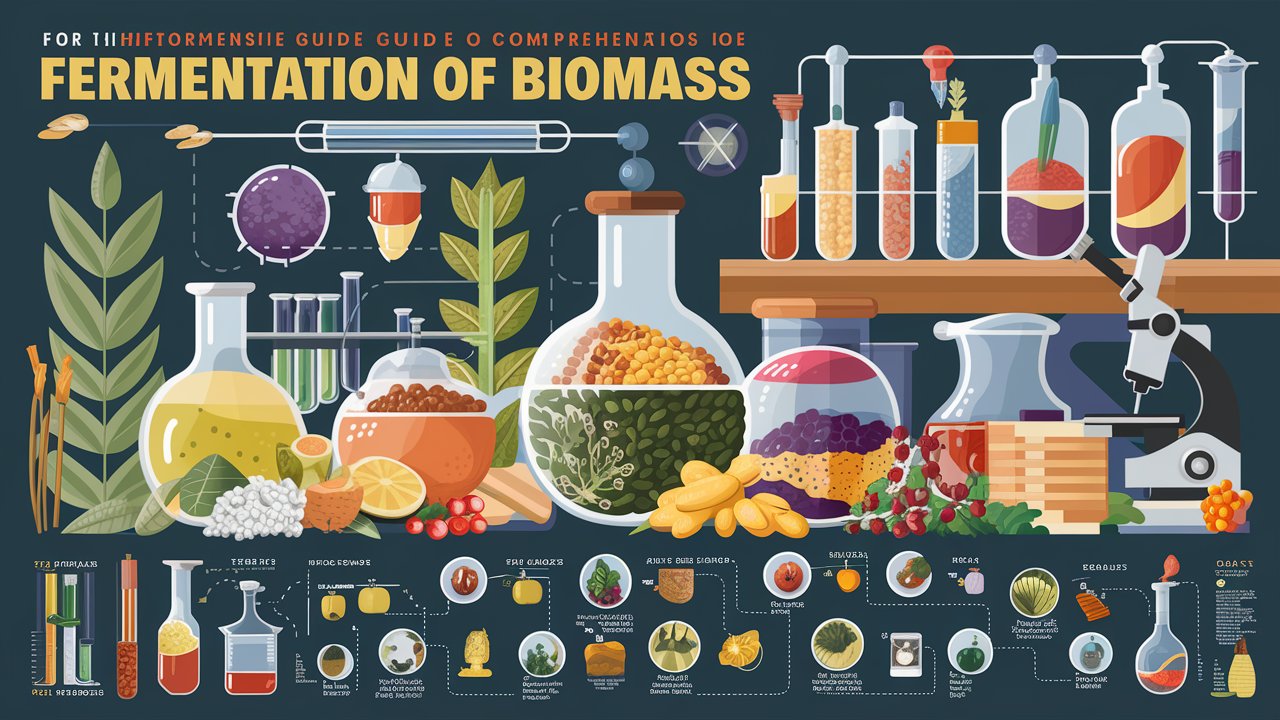
Fermentation of Biomass: A Comprehensive Guide
Introduction Fermentation of biomass is an intriguing process that is becoming more and more important in the production of biofuels and sustainable energy. This method offers a long-term alternative to fossil fuels by turning organic matter into useful products. Additionally, it mitigates environmental harm. Today, we’re going to talk about the fermentation of biomass, including…
-

Can Wind Energy Be Stored? Exploring Solutions and Technologies
Introduction Can wind energy be stored? This question is crucial for maximizing the benefits of renewable energy and ensuring a stable, reliable power supply. As the world shifts towards cleaner energy sources, understanding the storage potential of wind energy becomes increasingly important. In this article, we will delve into the methods and technologies for storing…
-
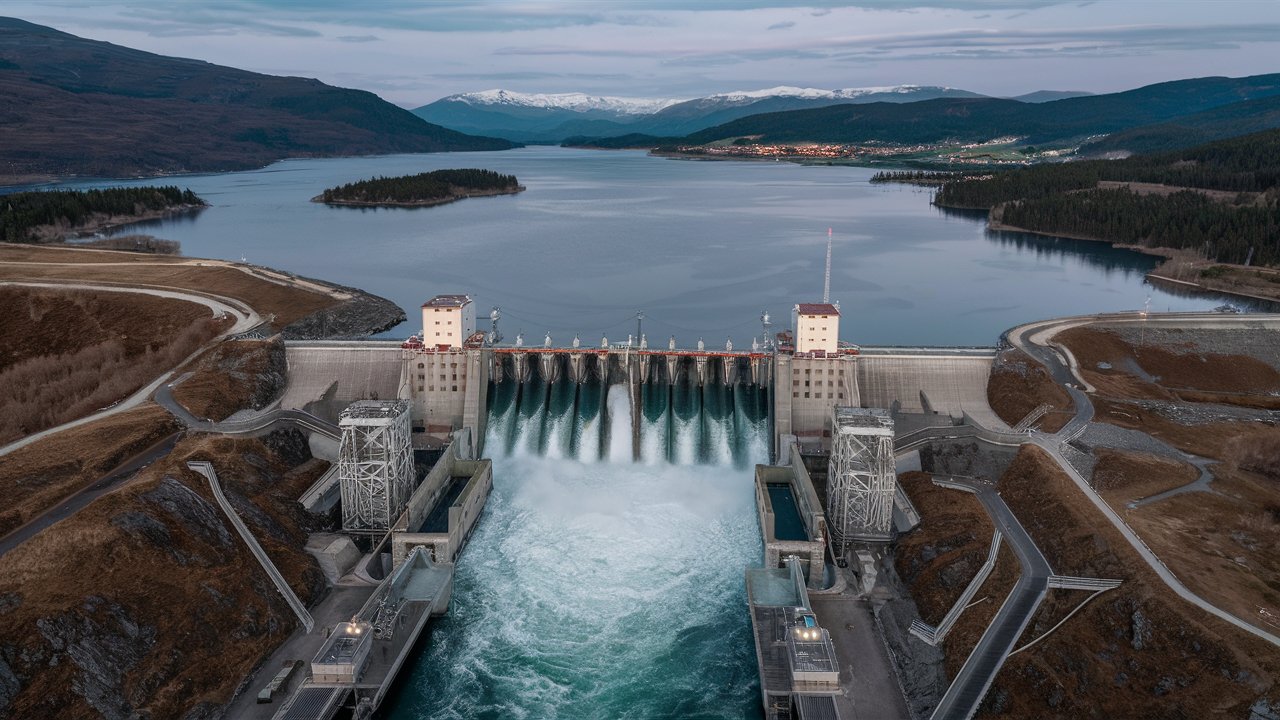
Understanding Hydropower Generation
Hydropower generation, also known as hydroelectric power generation, is a clean energy source that converts the power of moving or falling water into electricity. This piece talks about how hydropower works, what its benefits are, and how it affects the environment. Introduction to Hydropower What is Hydropower? Hydropower is the process of producing electricity from…
-

Biofuel vs. Biomass: Understanding the Differences and Benefits
Introduction People often use the terms “biofuel” and “biomass” interchangeably. They talk about different clean energy, but it sounds like it. Biofuel and biomass are two different things. This blog post will talk about their pros and cons, as well as where Biofuel vs. Biomass fit in the energy world. What is Biomass? Biomass is…
-

Green energy funding grants
Introduction Green energy funding grants are crucial for helping to create and run green energy projects. These funds go to projects that aim to reduce carbon emissions, support green energy methods, and make energy use more efficient. People, companies, and organizations can get the money they need to make their eco-friendly projects happen by learning…
-
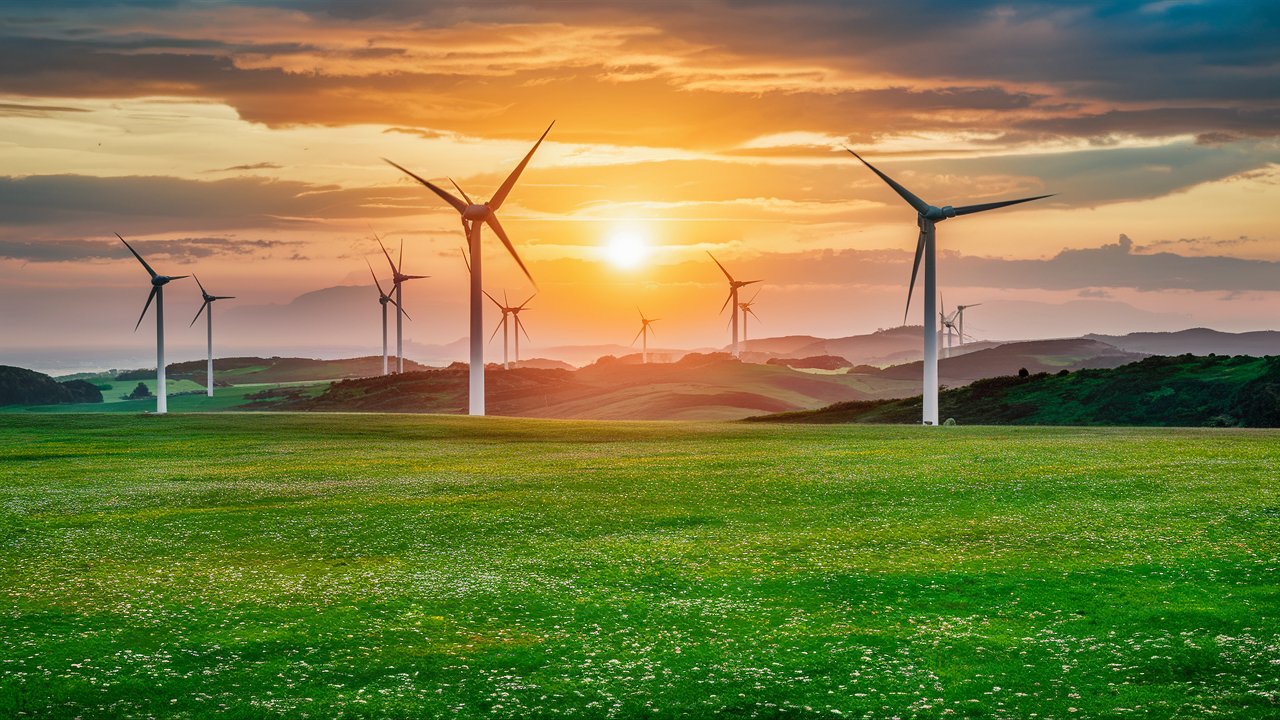
10 Limitations of Wind Energy
Introduction Wind power is now an important part of all renewable energy options worldwide. By using turbines to turn the wind’s kinetic energy into power, this clean energy source has made us much less dependent on fossil fuels. But wind energy has its problems, just like any other energy source. Here are the top 10…
-
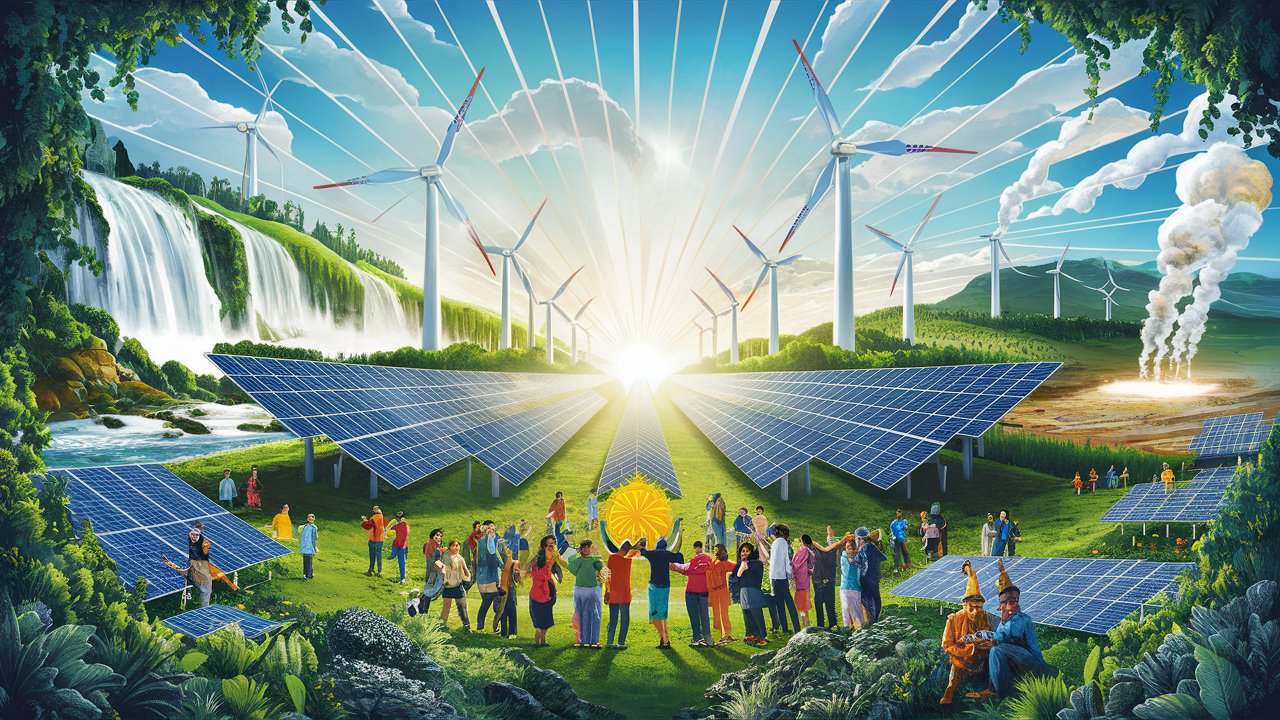
10 Challenges of Offshore Wind Farms
Offshore wind farms have emerged as a critical component of the global transition to renewable energy. While their benefits in reducing carbon emissions and contributing to energy independence are well-documented, offshore wind farms face numerous challenges that must be addressed to ensure their viability and sustainability. This article explores the 10 Challenges of Offshore Wind…
-

Advantages and disadvantages of hydropower plant
Hydropower plants are significant sources of renewable energy that harness the power of flowing or falling water to generate electricity. This article examines the Advantages and disadvantages of hydropower plants associated with hydropower generation. Advantages of Hydropower Plants 1. Renewable Energy Source Hydropower is renewable because it relies on the natural water cycle, which is…